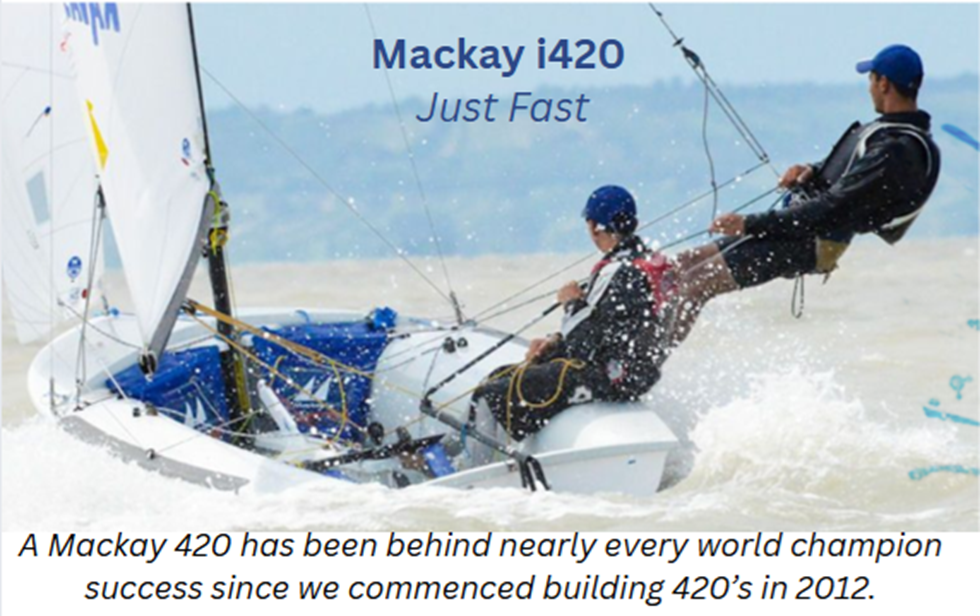FOR IMMEDIATE RELEASE
December 12, 2013
North Kingston, RI — The Club 420 Association announced today that it has collaborated with US
Sailing to support the manner in which youth sailors are invited to the 2014 U.S. Youth Sailing
Championship.
Invitations will be issued to U.S. Youth Sailing Championships’ applicants using one of two criteria: the
resume review process currently in place; or, a new early acceptance process determined by a sailor’s
placement at designated national and regional events. Sailors who finish within the prescribed placing at
the selected events will be automatically invited, provided their 2014 U.S. Youth Sailing Championship
application is completed by the due date on the U.S. Youth Sailing Championship’s Notice of Race,
which will be posted in January. All early acceptance events will occur between January 1 and June 20,
2014. Any slots left unfilled will be returned to the pool of spaces available to sailors applying by resume.
For 2014, the top eight (8) eligible teams from the Club 420 Midwinter Championships and the top two
(2) eligible teams from the Girls Doublehanded Championship will be offered an invitation to participate
in the 2014 U.S. Youth Sailing Championship in the doublehanded fleet of their choice (Club 420, I-420,
Formula 16 or 29er).
Sailors may also apply for an invitation to the 2014 U.S. Youth Championship by submitting a resume in
January. Learn more about the selection process and criteria for the 2014 U.S. Youth Championship
(http://championships.ussailing.org/Youth/US_Youth_Champs.htm).
“This is a significant step for US Sailing and an enhancement which positively impacts the membership
of the Club 420 Association” says John Vandemoer, Executive Director. “We look forward to working
with US Sailing on this and additional initiatives in the coming months.”
About the Club 420 Association – The Club 420 Association was established in 1980 to promote, foster,
encourage and sponsor one-design sailing for youth sailors. The Association annually sponsors a North
American Championship, US and Canadian National Championships as well as regional and team racing
championships across North America while promoting the class to all ability and experience levels of
youth sailing.
For more information visit www.club420.org
For more information contact:
John Vandemoer, Executive Director ([email protected] )
Club 420 Association and US Sailing Collaborate on 2014 U.S. Youth
Sailing Championship Qualifications



 I would bet that you could take a good coach, put him or her in a new sport, and that coach would find some success. Think about the best coach you ever had, and visualize that person in another sport, and you might see just how that person could adapt and still be a difference-maker.
I would bet that you could take a good coach, put him or her in a new sport, and that coach would find some success. Think about the best coach you ever had, and visualize that person in another sport, and you might see just how that person could adapt and still be a difference-maker.

